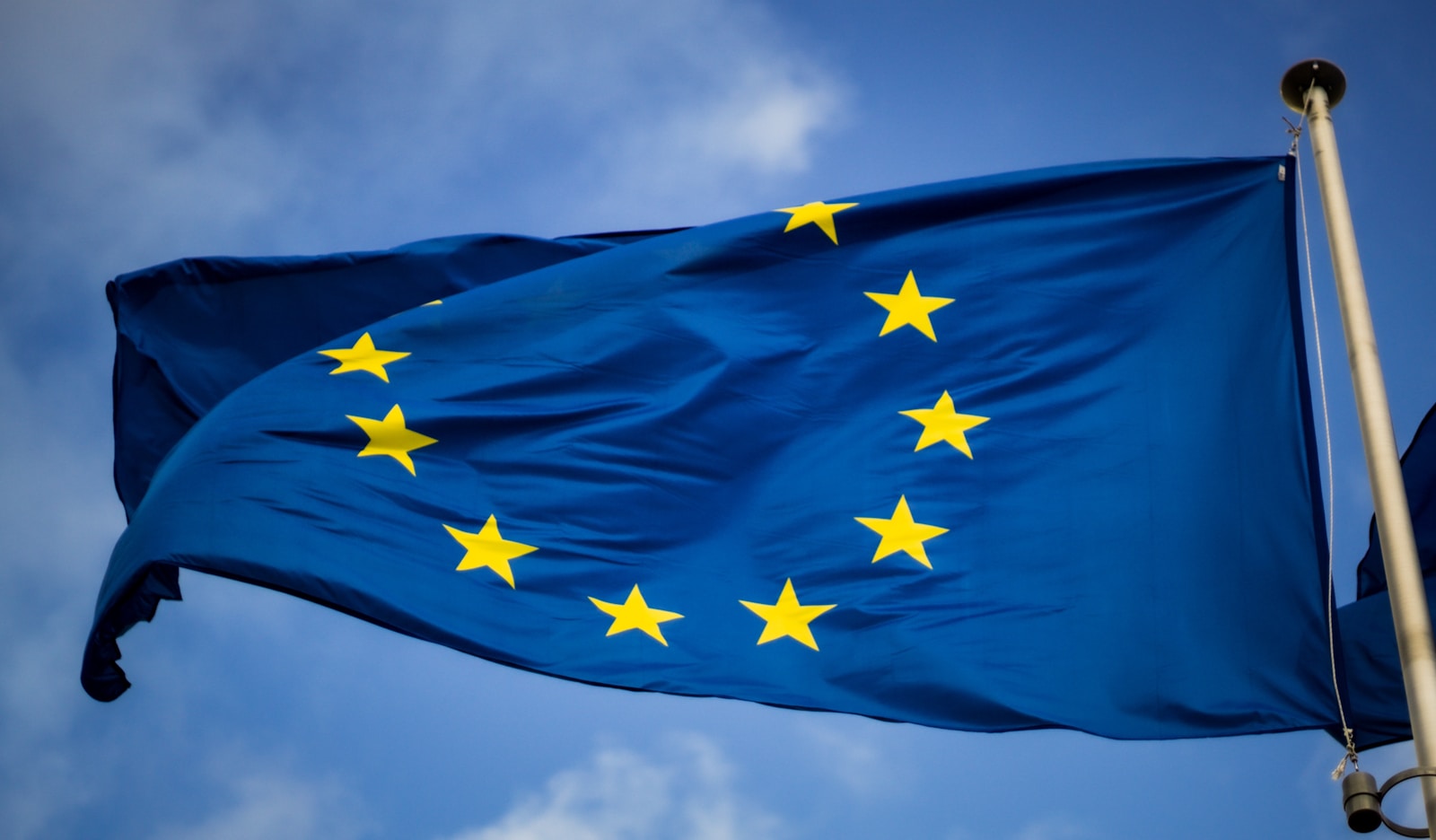Key Takeaways:
- Donald Trump wants to impose a 50% tariff on European Union imports.
- The tariff would start June 1, 2025, but U.S.-made products are exempt.
- Trump accuses the EU of unfair trade practices and a massive U.S. trade deficit.
Trump Takes Aim at the EU Over Trade Issues
Donald Trump is at it again, and this time, he’s targeting the European Union (EU). In a series of posts on his social media platform, Truth Social, Trump announced a bold plan to slap a massive 50% tariff on EU imports. This move, he claims, is necessary to address what he calls a deeply unfair trade relationship between the U.S. and the EU.
For those unfamiliar, a tariff is like a tax on imported goods. When the U.S. imposes tariffs on EU products, it makes those goods more expensive for American consumers. The idea, Trump says, is to encourage companies to make their products in the U.S. instead of abroad.
But why the EU? Trump’s reasoning is clear: he’s upset about the U.S. trade deficit, which he says exceeds $250 billion annually. A trade deficit means the U.S. buys more from the EU than it sells to them. Trump calls this “totally unacceptable” and blames the EU for creating obstacles that make it hard for American businesses to compete.
What’s Behind Trump’s Threat?
So, what’s really driving Trump’s frustration with the EU? He lists several grievances:
- Trade Barriers: Trump claims the EU has policies that make it hard for American companies to sell goods in Europe.
- VAT Taxes: The EU charges value-added taxes (VAT) on imported goods, which Trump says puts U.S. companies at a disadvantage.
- Corporate Penalties: He accuses the EU of unfairly targeting American companies with fines and legal actions.
- Currency Manipulation: Trump suggests the EU artificially weakens its currency to make its exports cheaper.
Trump also criticized the EU for forming what he believes is an unfair partnership. “The European Union was created primarily to take advantage of the United States on trade,” he wrote.
In his view, these practices have created a system where the U.S. loses billions of dollars every year. To fix this, Trump is proposing a 50% tariff on EU imports. The tariff would kick in on June 1, 2025, unless the EU agrees to renegotiate trade terms.
How Would This Tariff Work?
If Trump’s plan goes into effect, here’s what it would mean:
- Any product imported from the EU would cost 50% more for American consumers.
- For example, if you buy a European-made car for $40,000, the tariff would add $20,000, making it $60,000.
- However, if a company manufactures its product in the U.S., it would avoid the tariff entirely.
Trump hopes this incentivizes companies to move their production back to America, creating jobs and boosting the U.S. economy.
But there’s a catch. Tariffs can have unintended consequences. For one, they make imported goods more expensive for consumers. This could lead to higher prices on everything from cars to clothes to electronics. It could also spark a trade war, where the EU retaliates by imposing its own tariffs on American goods.
What’s Next?
Trump’s announcement has already caused waves in political and economic circles. Many experts warn that such a drastic move could harm both the U.S. and EU economies. The EU has yet to respond officially, but it’s likely they’ll push back strongly against the proposal.
This isn’t Trump’s first time proposing tariffs. During his presidency, he imposed tariffs on goods from China, Canada, and other countries. While some argue tariffs can protect American jobs, others say they lead to higher prices for consumers and slower economic growth.
As of now, this is just a proposal. For it to become law, it would need approval from Congress, which is far from guaranteed.
Broader Implications of Trump’s Move
This isn’t just about trade. It’s also about Trump’s political strategy. As he gears up for another presidential run, he’s focusing on issues like jobs, manufacturing, and American competitiveness. By taking a tough stance on trade, he’s hoping to appeal to voters who feel the U.S. has been taken advantage of by other countries.
However, critics argue that targeting the EU—an important ally of the U.S.—could damage diplomatic relationships. The EU has long been a key partner on issues like climate change, security, and global trade.
At the same time, Trump’s announcement could impact the stock market. Investors are already jittery about the potential consequences of a trade war with Europe.
Will This Plan Work?
Only time will tell if Trump’s tariff proposal will become reality. For now, it’s a bold move that’s generating a lot of debate. Supporters argue it could bring jobs back to the U.S. and level the playing field for American businesses. Critics, however, warn it could lead to higher prices, economic uncertainty, and strained relationships with a key ally.
One thing is certain: Trump’s proposal has put trade tensions with the EU front and center. Whether it’s a clever political move or a risky economic gamble, it’s a story worth keeping an eye on.

